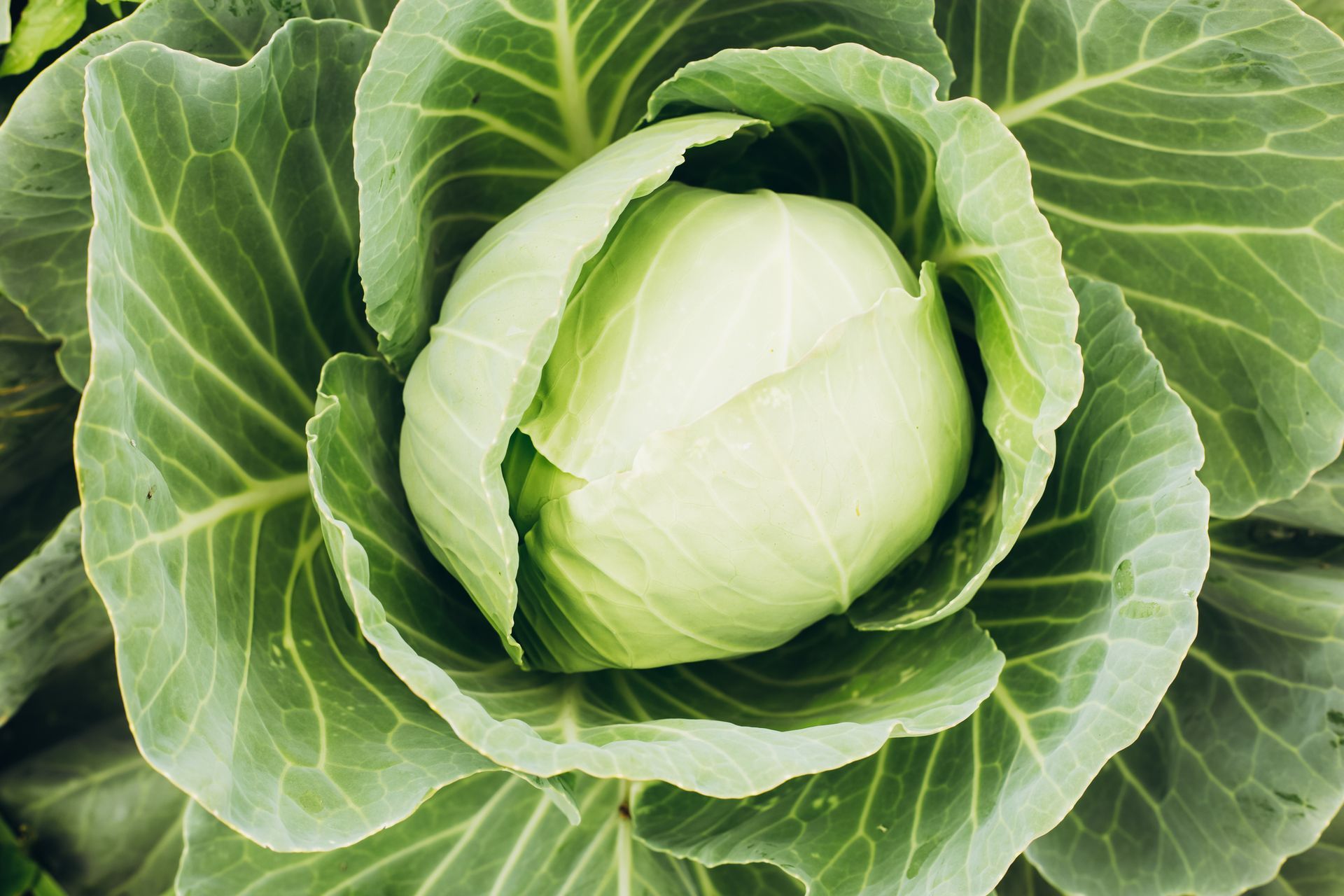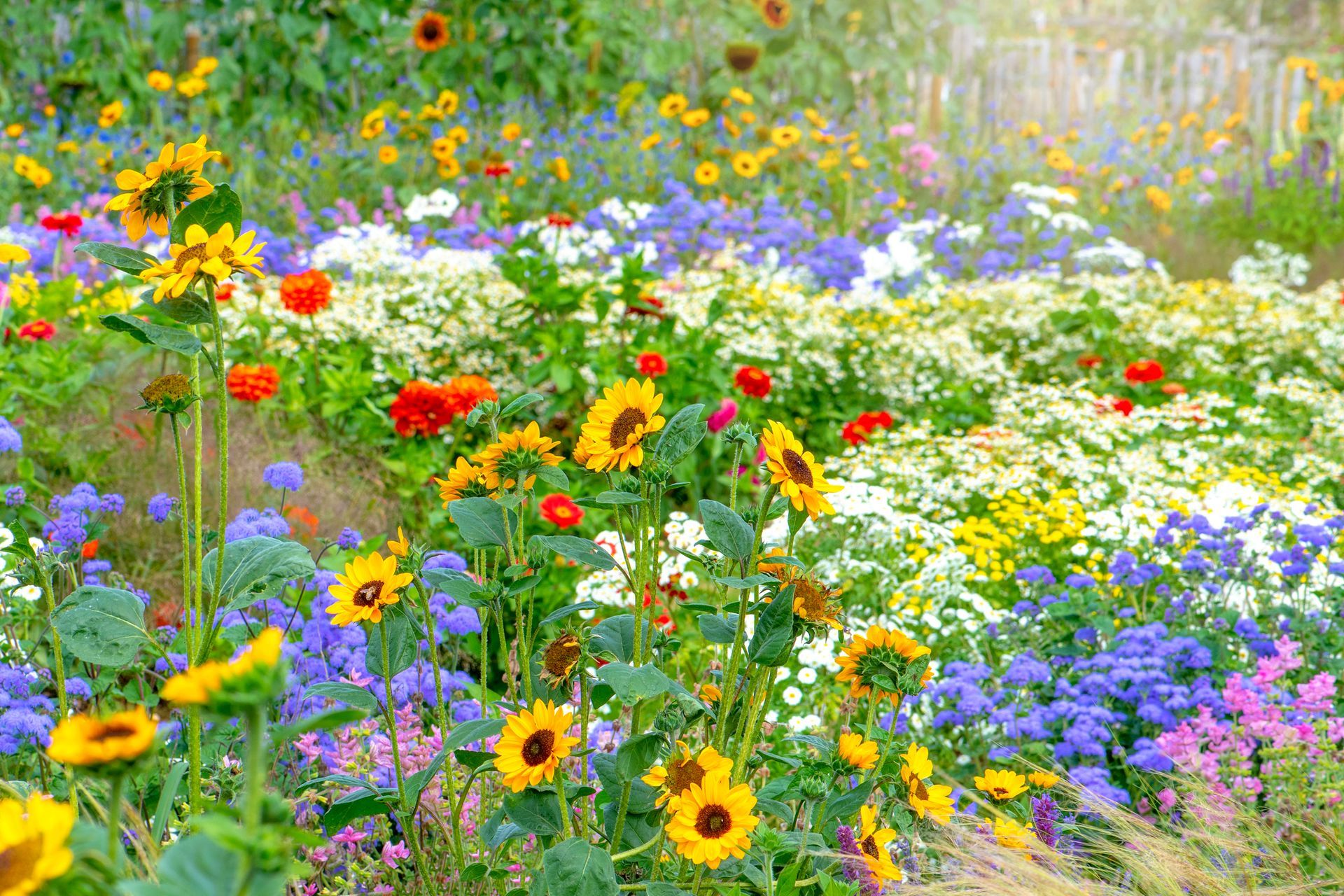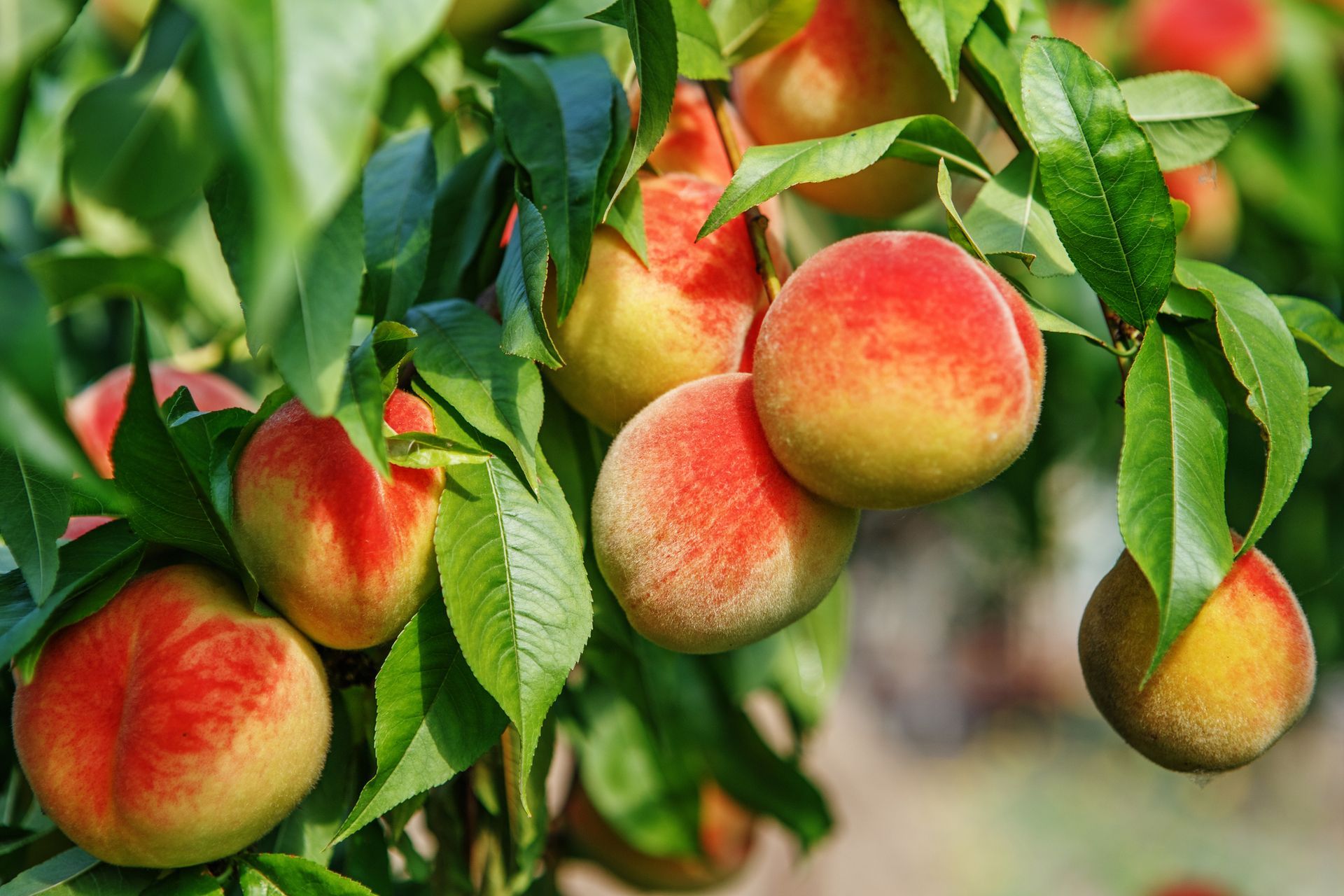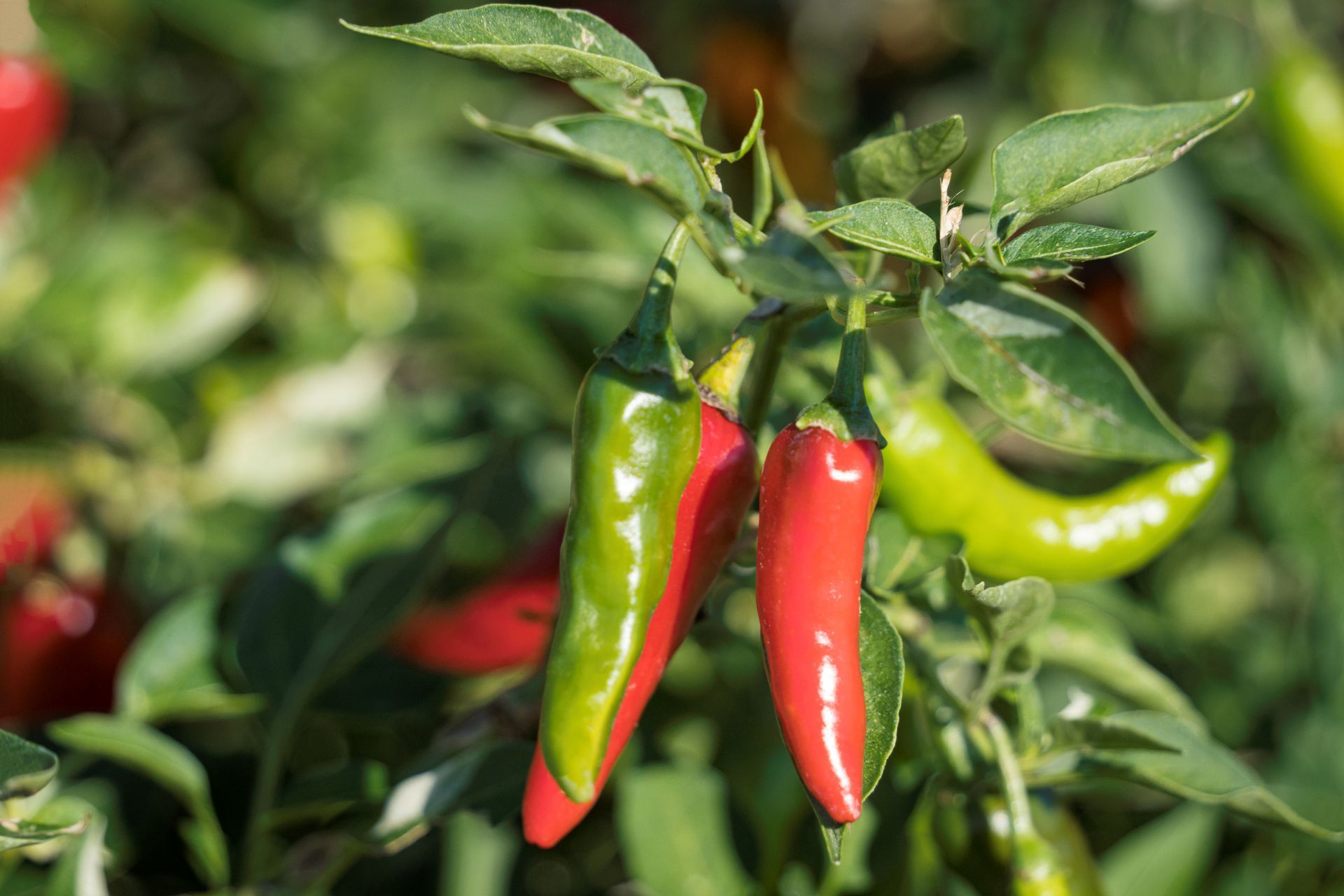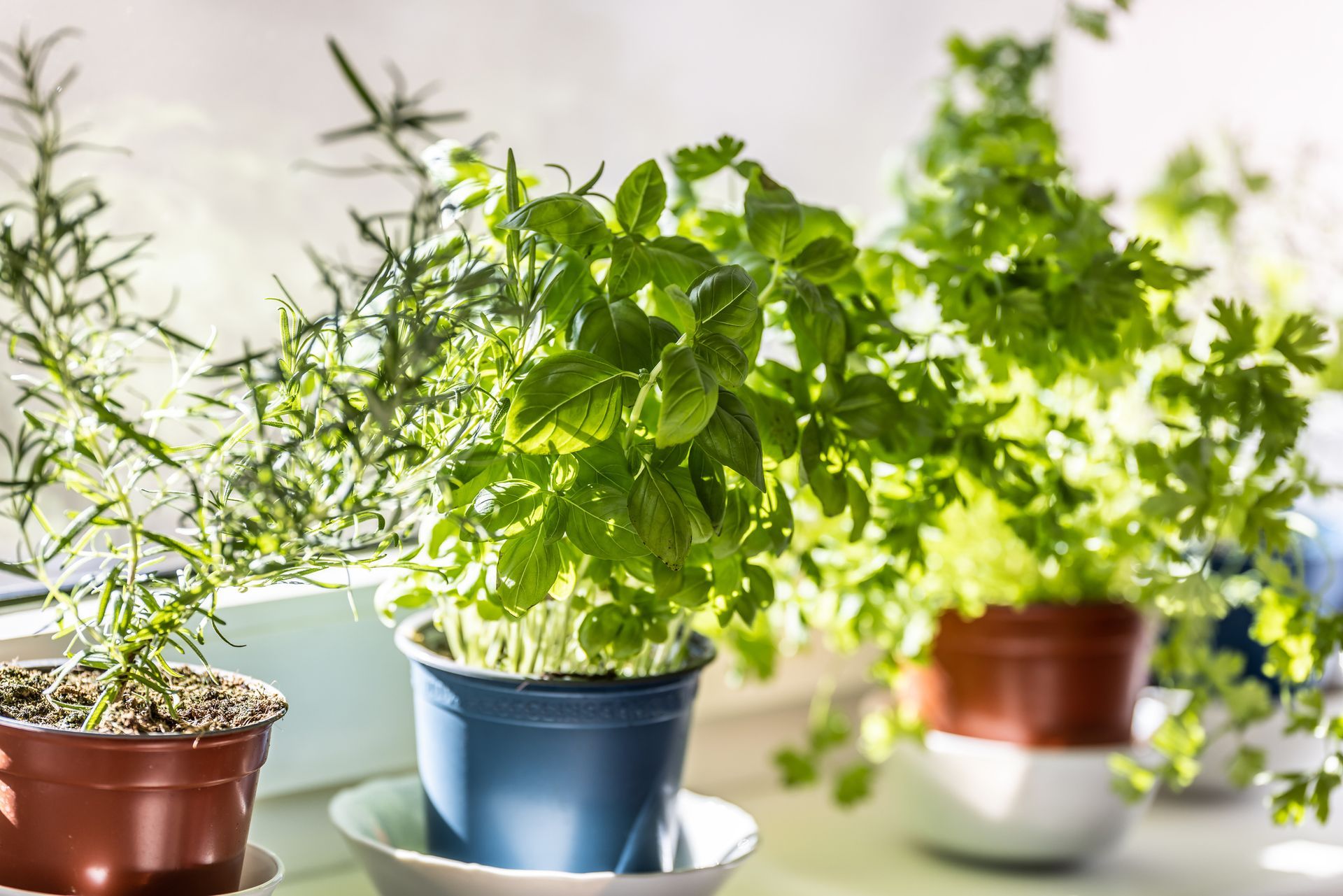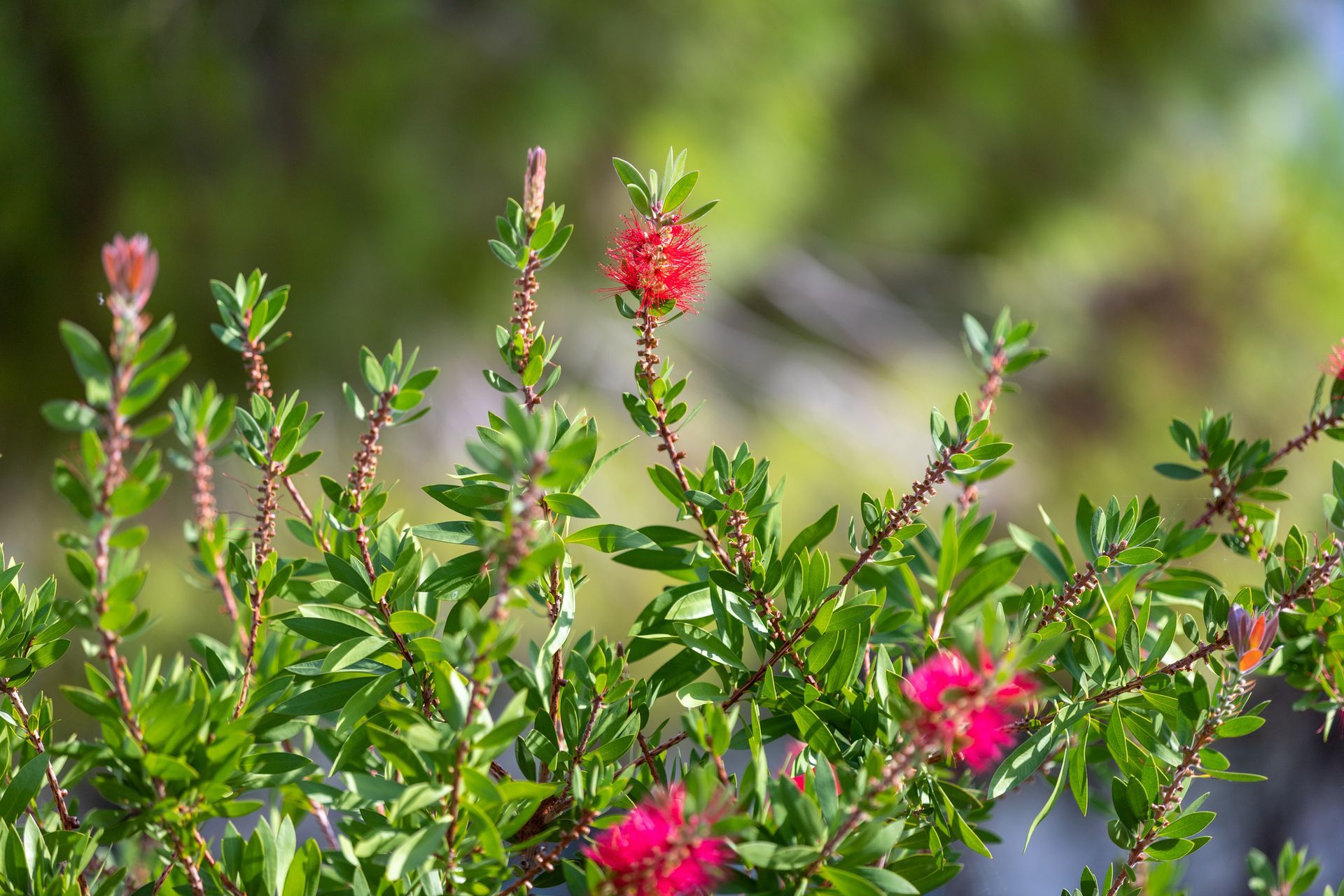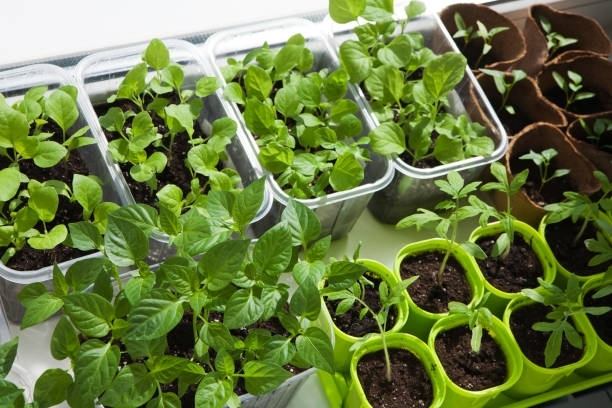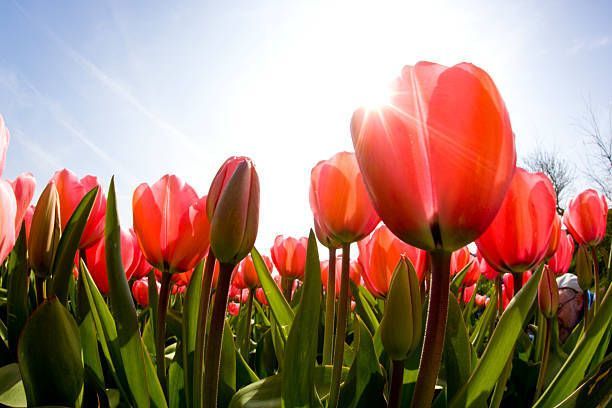Once growing fruit trees at home was very common. Nowadays with gardens being smaller, the availability of wonderful new generation fruit trees has seen a resurgence in growing healthy home-grown goodness in the places and spaces we call home. There are dwarf forms/varieties of most fruits which don’t take a lot of space. These can be grown in small gardens, in pots or containers and espaliered, (trained to grow flat) against a fence as space savers. This allows a collection of many fruits spread through the season.
When choosing fruit trees, consider varieties best suited to your area as they love a warm and sunny spot in the garden.
Pip fruit such as apples and pears have always been the most popular fruit because of their universal appeal, easy to eat, and ripen over a long season. They are vitamin rich, great tasting, and are relatively easy to grow. They are also very attractive trees with their spring blossom.
Stone fruit such as cherries, apricots, peaches, nectarines and plums, are also favourites with the great variety of taste. Stone fruit does not keep as long as pip fruit, but with the many varieties giving a spread of maturity, it is possible to plan a spread of harvest dates.
Dwarf varieties of most fruits are now available which are ideal where space is limited.
How to Care
Planting
Choose a warm sunny position, sheltered from strong winds. Pip and stone fruit trees will grow in most soils, but in clay soils, raise plantings and add lots of compost. When planting spread roots out carefully over slightly mounded soil at bottom of hole.
Pip and stone fruit trees are most commonly available in winter as ‘bare root’ plants. However they can also be purchased in pots at most times of the year. Whilst winter is the main planting season, they can be planted at other times provided they are watered regularly.
Mulching
This is a highly recommended practice as it suppresses weeds and conserves moisture in the soil. A layer of mulch, compost or similar laid on the surface in October will prevent moisture loss and greatly benefit the trees.
Feeding and Watering
Fruit trees benefit from an annual dressing of lime or gypsum in July/August, followed by an application of ‘a suitable Citrus and Fruit Tree Fertiliser in September.
Many fruit trees can withstand considerable dry periods, but watering will greatly improve the result. Ensure soil does not dry out after planting, but be careful not to overwater (only if a dry spell follows planting – do not overwater as root rot could result).
Over the Spring to Summer period, water regularly to ensure plant does not dry out while establishing in its first year.
Pests and Diseases
There are a number of pests and diseases that attack fruit trees. If particular pests and diseases are very prevalent in your area it may pay to choose different fruits that are not affected.
Apples, pears and quinces are attacked by codling moth, aphids, mites, black spot and powdery mildew. Some new varieties are black spot tolerant.
Stone fruits (peaches, plums, nectarines and apricots), are attacked by oriental fruit moth, aphids, leaf curl, brown rot, shot hole and rust.
Most diseases are minimised with a winter clean up spray. Ask us about a safe and effective spray program to suit your situation.
Pruning
Pruning is divided into two stages.
1. Pruning to shape in the young stages. When planting, select 3 or 4 strong branches and reduce by 2/3 to outwards facing bud. Remove all other growth
2. Pruning for continuous fruiting and maintaining shape of established trees. Pruning to shape is dependent on the variety and to some extent the shape you want.
Basically there are three shapes:
Vase shape – The traditional open centre with 3 to 4 main leaders for framework.
Central leader or pyramid – A more modern method as it takes less space and trees can be kept narrow. Ballerina apples are very suited to this method.
Espalier – An ideal method of training and pruning where space is limited.
Helpful Tips
Focus on pruning to the shape you want.
Always remember that the strongest new growth will come from the first bud below where the pruning cut is made. In general prune to regulate growth, allow light in, encourage flowers and fruit.
Generally, prune in Winter.
In years 1 and 2 prune hard to make a sturdy framework and shape the tree.
Pruning for continuous fruiting is important once the tree has established. This is relatively easy once you know where the fruit will form.
Apples, pears, quinces, plums, and apricots fruit on the same spurs for several years. New spurs form as old ones die.\
Bear fruit on spurs and 2 year old + laterals. Allow lateral branches to develop uncut until buds form, then trim back about 2/3 each year. Thin out some if tree becomes overcrowded.
Apricot
Also bear on laterals and spurs. Treat the same as apples.
Plums
Bear fruit on 1 and 2 year old laterals. Require little pruning. Thin and trim back as required to maintain tree at reasonable size.
Cherries
Fruit on spurs on 2 year old wood. Require little pruning, apart from trimming and thinning. Prune in Autumn to encourage new growth but don’t cut out all previous year’s growth.
Peaches and nectarines
Peaches and nectarines fruit on one year old wood. That is, the wood grown last year will carry fruit this year. When pruning, do not cut this wood out, but shorten it only and/or remove only some of it.
Peaches and Nectarines laterals fruit for one season only. Prune to produce new laterals each year.
Pollinators
Many plums, and some cherries and apricots require another variety to be grown nearby to ensure pollination. Check with your garden centre for the best pollinator varieties.
